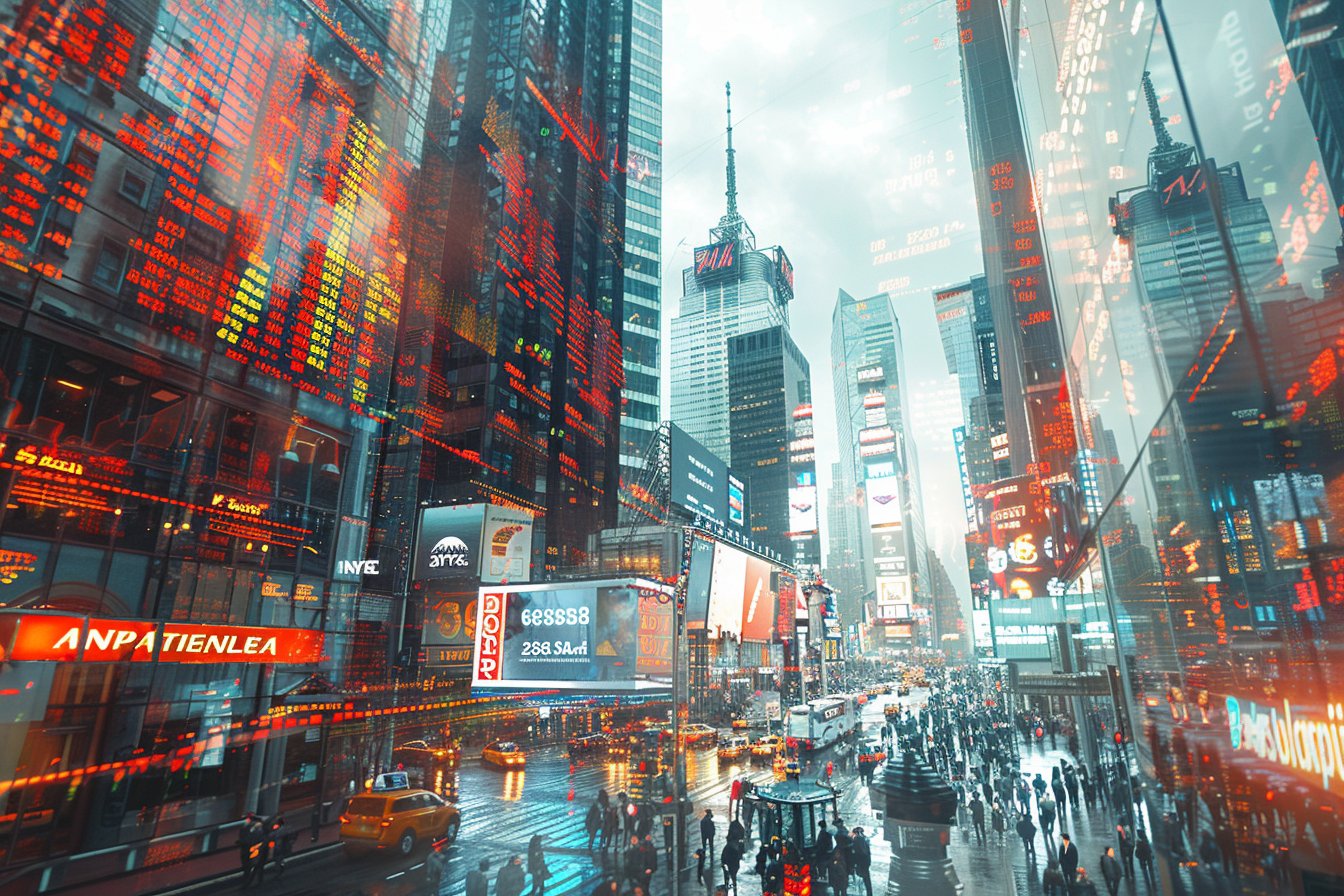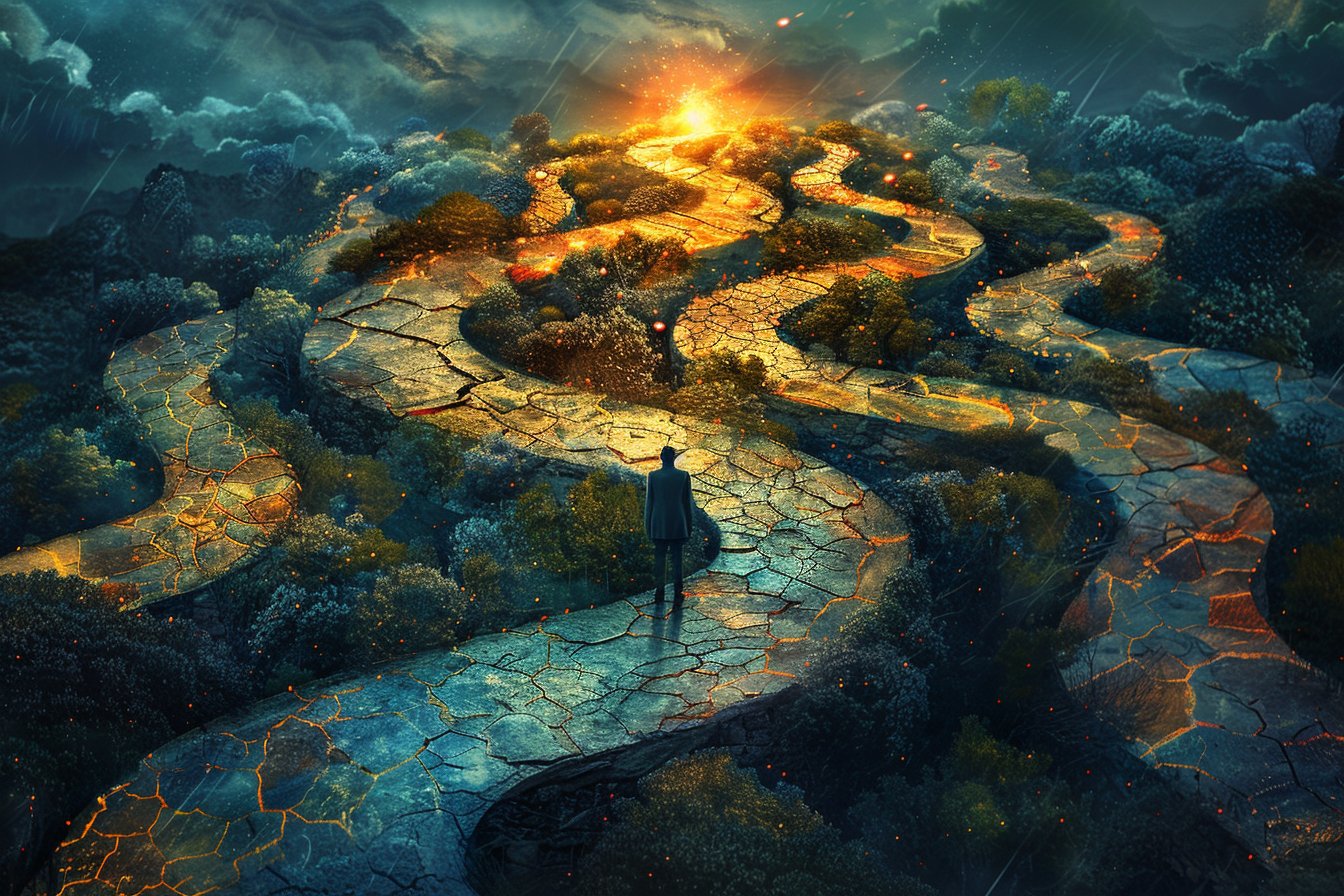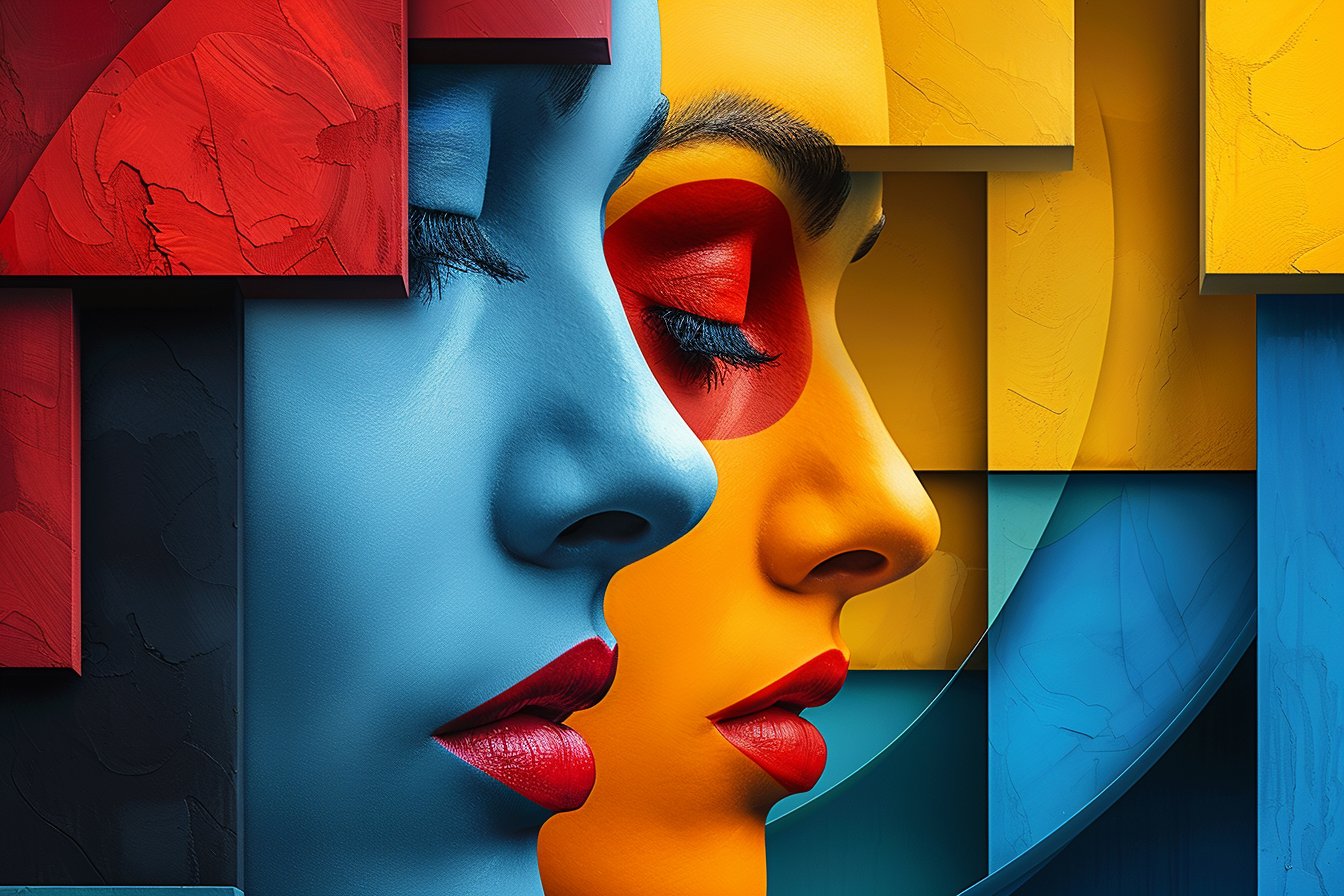The world of art evolves constantly and is rich with diversity, giving artists various mediums to express themselves. In recent times, we have witnessed the emergence of new styles in visual art forms. This article aims to explore four such prominent recent art styles that have gained popularity among enthusiasts.
1. Abstract Expressionism
Abstract Expressionism emerged post World War II, primarily in the United States, as artists sought a new avenue for emotional, self-expressive creations. Marked by bold strokes, innovative techniques, and an absence of conventional form, this artistic movement responded to the worldly chaos and growing disillusionment resulting from the war.
A. Action Painting:
One subset within Abstract Expressionism, action painting emphasizes the physical act of creating artwork. Spontaneous movements using large brushes or even body parts produce energetic and fluid works. Jackson Pollock is a famous example of an action painter who used unconventional materials like house paint and tools like sticks to create his iconic drip paintings.
B. Color Field Painting:
Another variant of Abstract Expressionism is color field painting, which focuses on large fields of flat color devoid of recognizable imagery. Artists create vast expanses of uniform hues aiming to evoke spiritual and emotion-filled experiences. Key artists include Mark Rothko and Barnett Newman, whose minimalist compositions captivated viewers with their size, simplicity, and intense colors.
2. Pop Art
In stark contrast to Abstract Expressionism, Pop Art emerged in the late 1950s and early 1960s as a celebration of popular culture. Drawing from advertising, comics, and everyday objects, this art style incorporates elements like irony and kitsch to comment on consumerism and mass media. Both the United States and England are seen as birthplaces of this movement, with artists such as Andy Warhol and Roy Lichtenstein leading the charge.
A. Silkscreen Printing:
Silkscreen printing is one technique synonymous with Pop Art, due to its employment by Warhol in his famous prints of celebrities and product labels. This printing method involves layering ink through a stencil-ed screen onto a surface below, allowing for easy replication and precision.
B. Benday Dots:
Roy Lichtenstein’s hallmark style closely resembles comic book art, featuring hand-painted Benday dots—a pattern of tiny, colorful circles that create an optical illusion of shading when observed from a distance. Lichtenstein aimed to show the artificiality of commercial imagery and explored how mass production devalues original creations.
3. Photorealism
Rising to worldwide recognition during the late 1960s and early 1970s, photorealism involves recreating photographs in painstaking detail through painting, drawing, or other visual mediums. The goal is to bear striking similarity to the source photograph, displaying not only the subject but also the camera’s depth of field, sharpness, and perspective. Prominent artists like Chuck Close and Richard Estes are renowned for their meticulous works in this style.
A. Large-scale Canvases:
Many photorealist artists utilize large canvases to emphasize every minute detail present in their chosen photographs. These larger-than-life renditions enable observers to view the image from afar while still appreciating the intricacy of the work at close range.
B. Mixed Media:
While traditional painting and drawing methods prevail in photorealism, some artists experiment with mixed media techniques. For instance, Chuck Close innovated the practice of using paper pulp, combining painting and printmaking to produce incredibly complex images that retain their photographic quality.
4. Digital Art
The advent of digital technology has given rise to a new genre of artistic expression known as digital art. Employing computer software rather than physical tools like paintbrushes or pencils for creation, this art form encompasses various styles ranging from drawings to animations. Computers enable endless possibilities for manipulation and transformation, as well as reproduction and dissemination over the internet.
A. Vector Art:
One technique unique to digital art is vector art, which uses mathematical algorithms instead of pixels to create sharp, geometric shapes and lines. These graphics maintain their clarity regardless of resizing or scaling, making them ideal for logo design and promotional material.
B. 3D Modeling and Sculpture:
Digital art extends beyond two dimensions, as artists also turn to 3D modeling and sculpting software to generate lifelike forms. These programs provide an intuitive interface for designing virtual objects and environments, in addition to facilitating integration into other media such as video games, films, and virtual reality.
- Abstract Expressionism: Action Painting and Color Field Painting
- Pop Art: Silkscreen Printing and Benday Dots
- Photorealism: Large-scale Canvases and Mixed Media
- Digital Art: Vector Art and 3D Modeling and Sculpture
In conclusion, these four major recent art styles—Abstract Expressionism, Pop Art, Photorealism, and Digital Art—represent distinct avenues through which contemporary artists continue to challenge the traditional boundaries of creative expression. As society and technology evolve, it’s exciting to watch these artists inspire new ways of seeing, interpreting, and engaging with the world around us.






